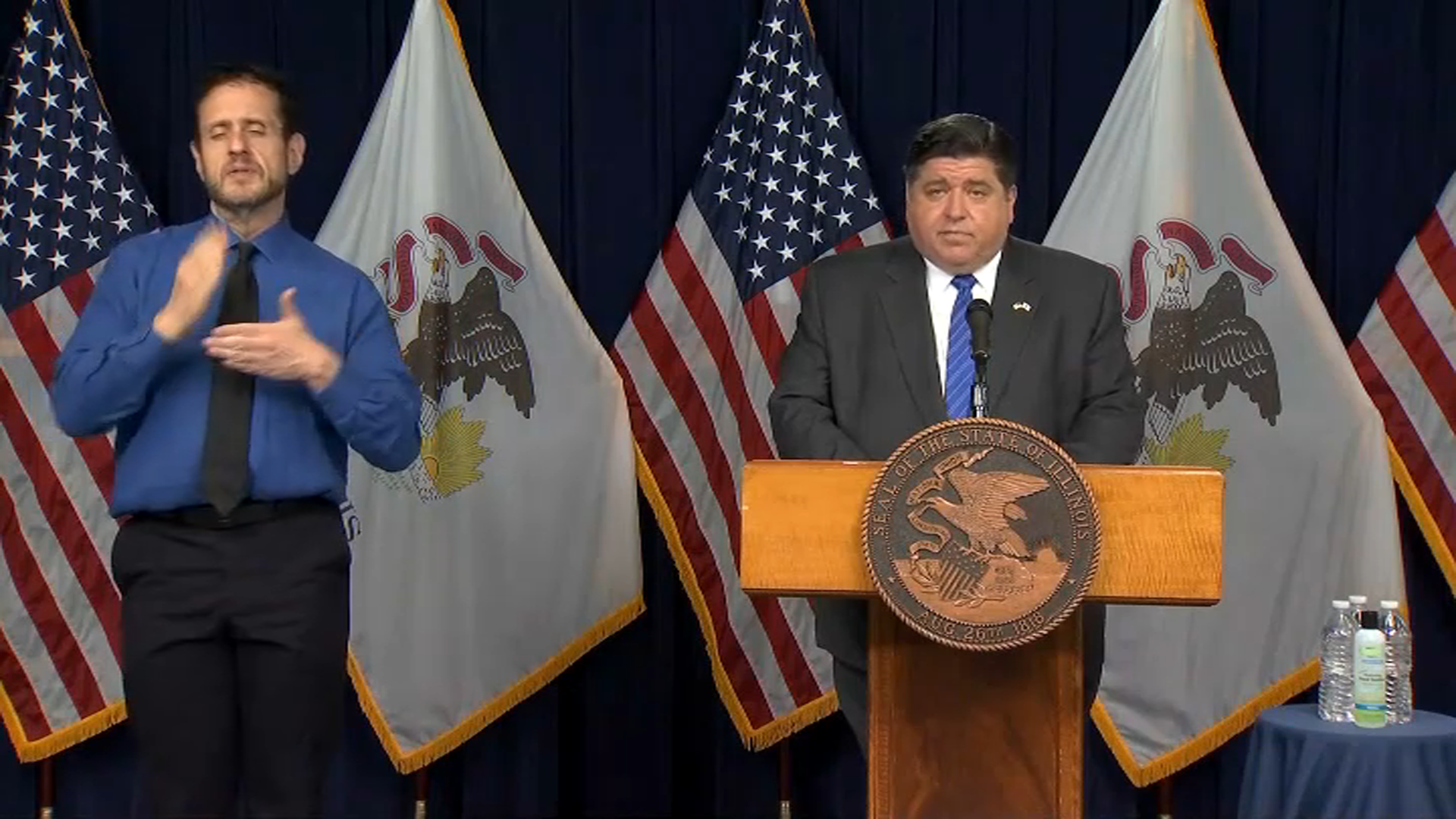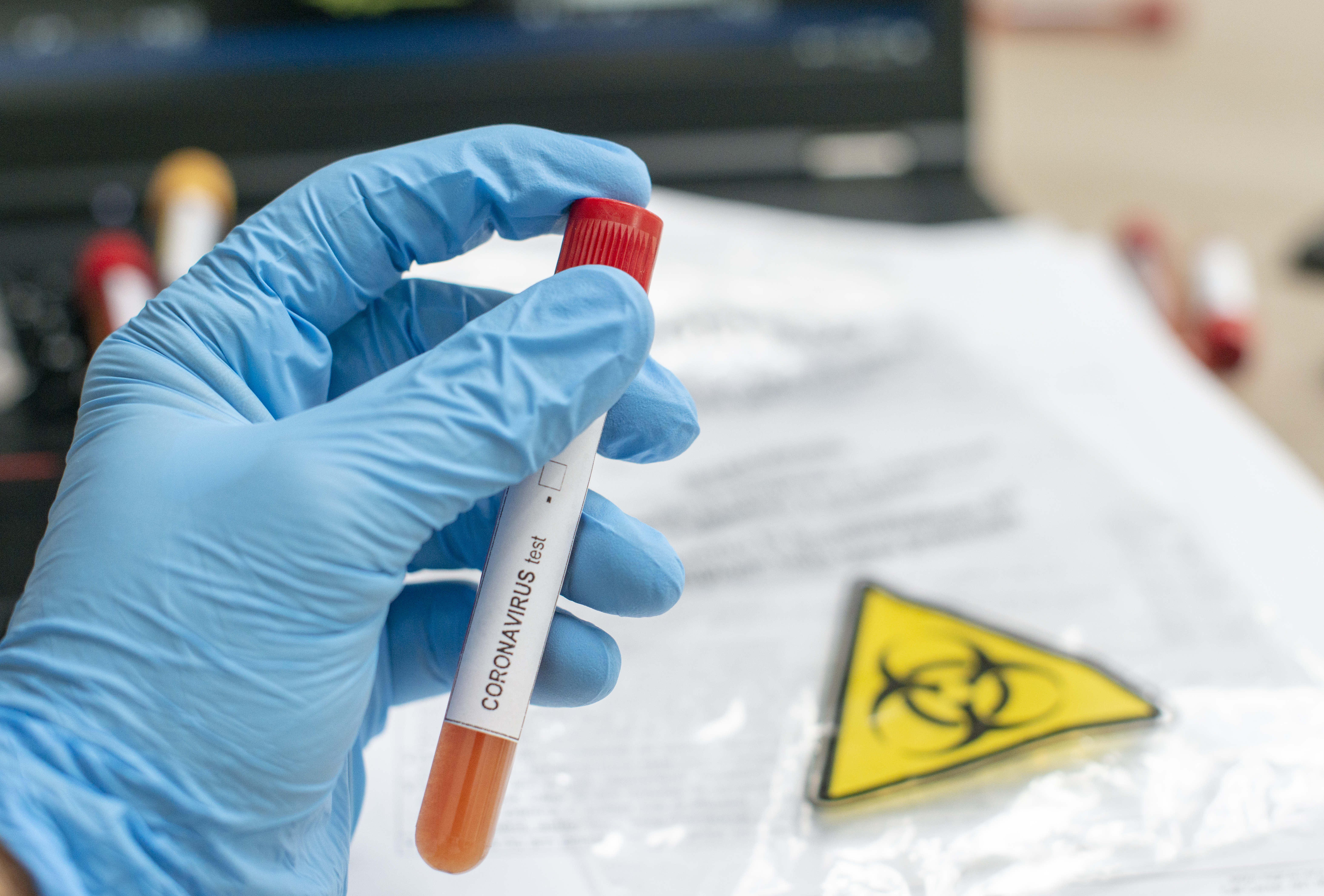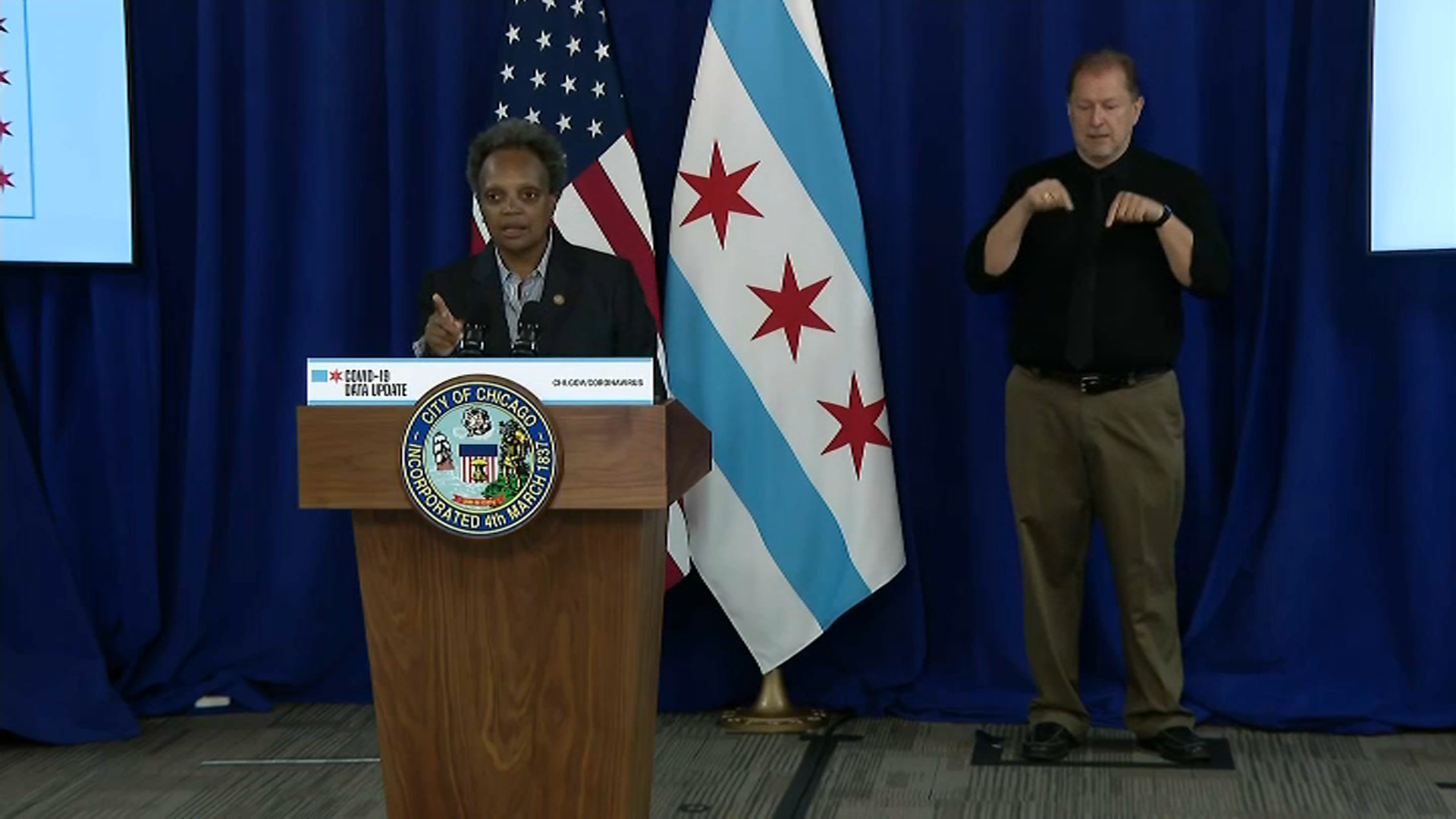Illinois Gov. J.B. Pritzker announced Wednesday that the state will be further divided from four into 11 separate regions to allow health officials to apply a more focused approach to each area's coronavirus response as the pandemic continues.
The 11 new regions, and the counties they include, are as follows:
- NORTH: Boone, Carroll, DeKalb, Jo Daviess, Lee, Ogle, Stephenson, Whiteside, Winnebago
- NORTH-CENTRAL: Bureau, Fulton, Grundy, Henderson, Henry, Kendall, Knox, La Salle, Livingston, Marshall, McDonough, McLean, Mercer, Peoria, Putnam, Rock Island, Stark, Tazewell, Warren, Woodford
- WEST-CENTRAL: Adams, Brown, Calhoun, Cass, Christian, Greene, Hancock, Jersey, Logan, Macoupin, Mason, Mason, Menard, Montgomery, Morgan, Pike, Sangamon, Schuyler, Scott
- METRO EAST: Bond, Clinton, Madison, Monroe, Randolph, St. Clair, Washington
- SOUTHERN: Alexander, Edwards, Franklin, Gallatin, Hamilton, Hardin, Jackson, Jefferson, Johnson, Marion, Massac, Perry, Pope, Pulaski, Saline, Union, Wabash, Wayne, White, Williamson
- EAST-CENTRAL: Champaign, Clark, Clay, Coles, Crawford, Cumberland, De Witt, Douglas, Edgar, Effingham, Fayette, Ford, Iroquois, Jasper, Lawrence, Macon, Moultrie, Piatt, Richland, Shelby, Vermillion
- SOUTH SUBURBAN: Kankakee, Will
- WEST SUBURBAN: DuPage, Kane
- NORTH SUBURBAN: Lake, McHenry
- SUBURBAN COOK: Suburban Cook
- CHICAGO: City of Chicago
Any restrictions imposed or mitigation efforts applied to slow the spread of the coronavirus will be done so in each of these specific regions individually moving forward, Pritzker says.
This change came as Pritzker announced a new plan "focused on combating a resurgence of cases while maintaining the progress the state has made towards bending the curve over the last four months," his office said in a statement.
"This plan ensures we are looking at all available data to make timely decisions to protect the health of our communities,” Illinois Department of Public Health Director Dr. Ngozi Ezike said in a statement. "By assessing key metrics that indicate both the disease burden and the capacity of each COVID-19 region to respond, we can then take targeted actions within specific regions to help mitigate the spread of this deadly disease while keeping as much of our state open as possible."
The new plan outlines three tiers of general and industry-specific mitigations that can be put in place to prevent a resurgence in cases, officials said.
The metrics used to determine when an area needs additional mitigations will include:
• Sustained increase in 7-day rolling average (7 out of 10 days) in the positivity rate and one of the following severity indicators:
o Sustained 7-day increase in hospital admissions for a COVID-19 like illness
o Reduction in hospital capacity threatening surge capabilities (ICU capacity or medical/surgical beds < 20%)
• OR three consecutive days averaging ≥ 8% positivity rate
Some of those mitigation strategies will include restrictions to higher risk settings like indoor bars and restaurants, which could be applied automatically if certain criteria are met, as well as changes in retail, fitness, personal care settings and more, Pritzker said.




